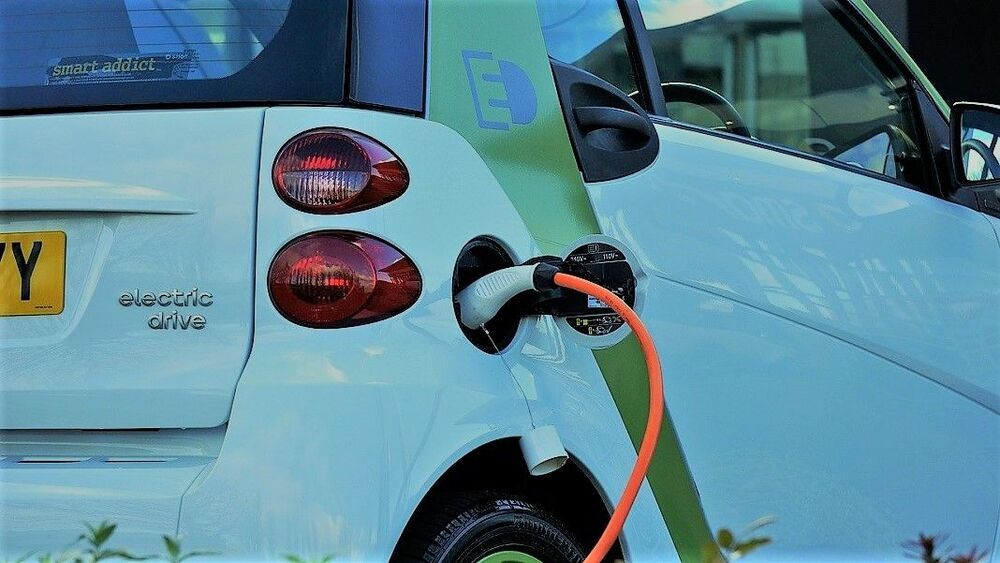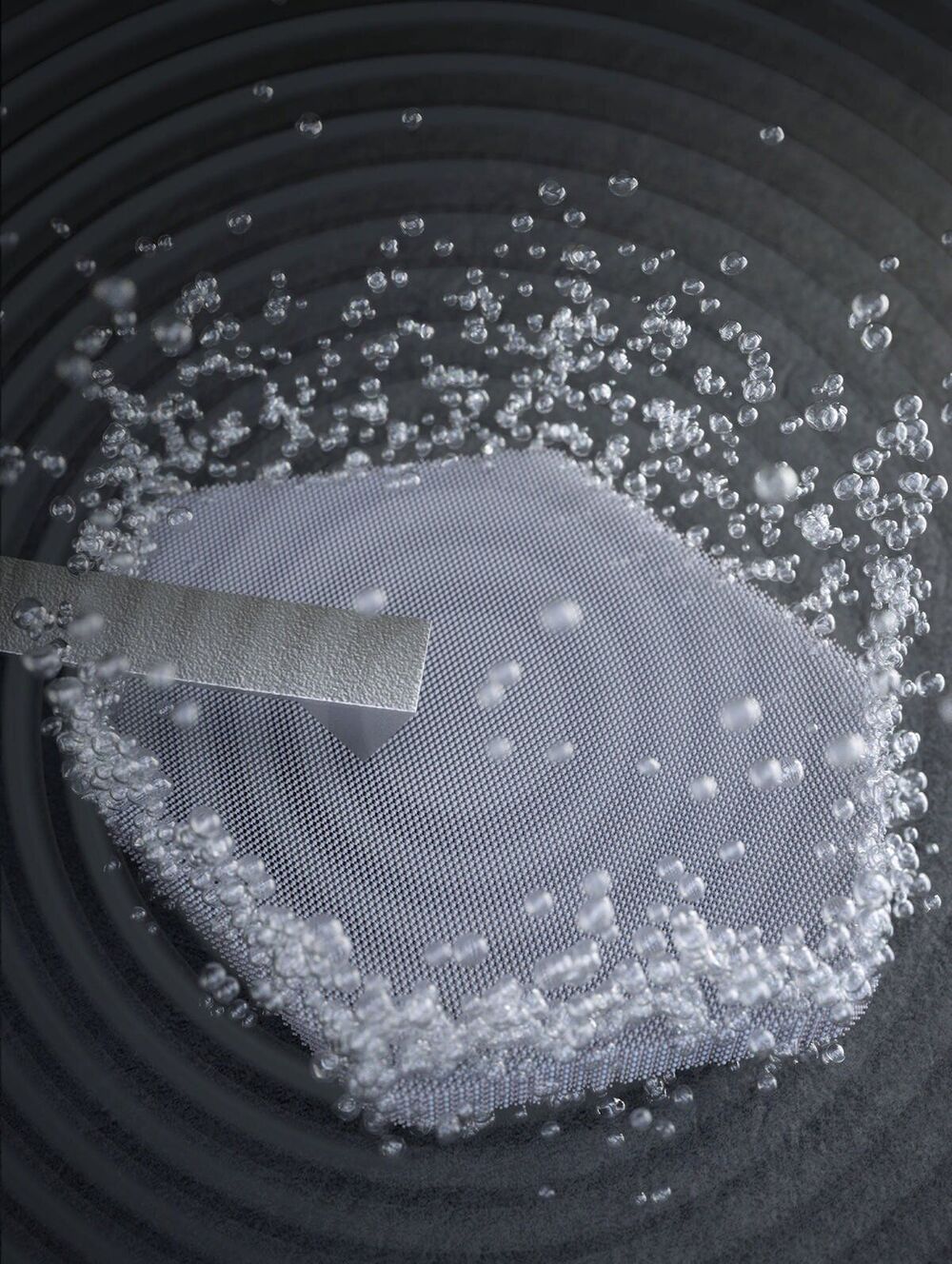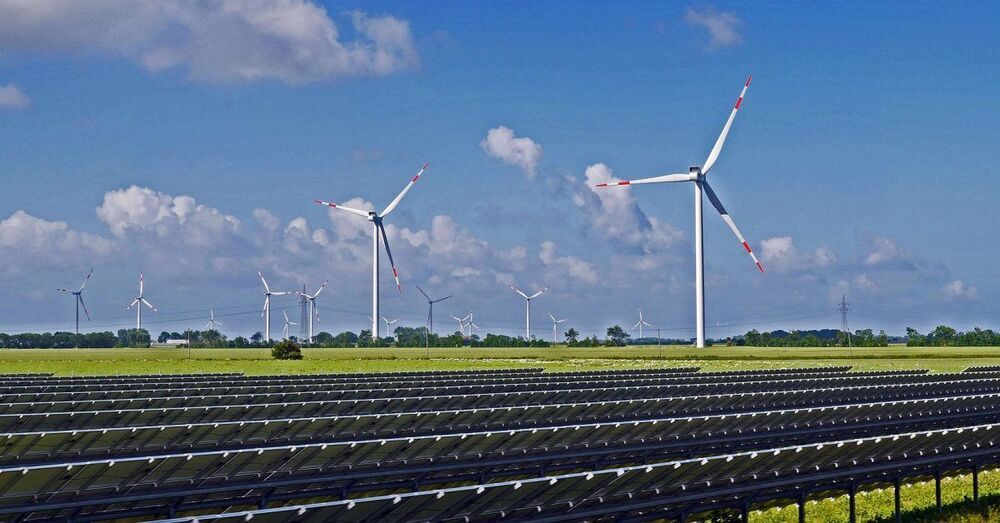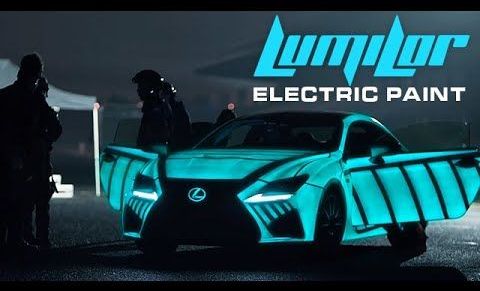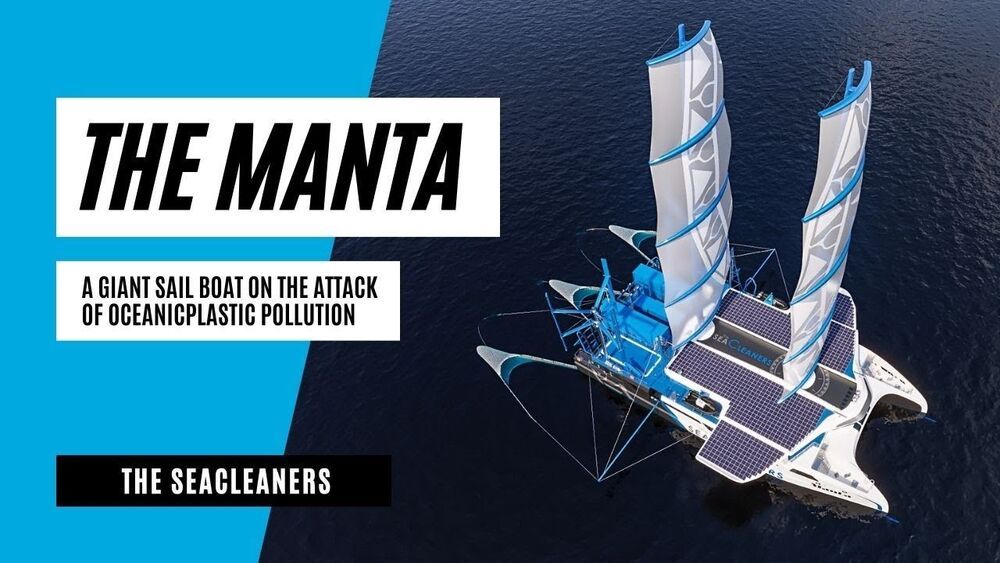An attack has crippled the company’s operations—and cut off a large portion of the East Coast’s fuel supply—in an ominous development for critical infrastructure.
Category: energy – Page 232
We have everything we need here Especially in Texas no one ever needs to freeze again if they come out of the Fossil Fuel stone age.
The idea is that when electric vehicles are not in use, the energy stored in their batteries is going to waste. If you make it possible for that energy to feed back into the grid, then it can help balance out dips in supply as renewables go offline, rather than relying on fossil-fuel plants to pick up the slack.
The technology that can make that happen is still in its infancy, though. When an electric vehicle is charged, the alternating current from the grid is converted to direct current that can be stored in its batteries. But most charging stations and cars don’t have the hardware to allow this process to run in reverse, meaning the power can’t be fed back into the grid.
That’s starting to change, though, and a city in the Netherlands is leading the charge. In the last two years Utrecht has installed nearly 500 bi-directional charging stations and is positioning itself as one of the world’s leading test beds for the technology.
Top U.S. fuel pipeline operator Colonial Pipeline has shut its entire network, the source of nearly half of the U.S. East Coast’s fuel supply, after a cyber attack that the company said was caused by ransomware.
The shutdown has raised fears of a price spike at the gas pumps ahead of peak demand summer driving season if it persists, and has drawn attention to how critical U.S. energy infrastructure is vulnerable to hackers.
Colonial transports 2.5 million barrels per day of gasoline, diesel, jet fuel and other refined products through 5500 miles (8850 km) of pipelines linking refiners on the Gulf Coast to the eastern and southern United States.
Transitioning from fossil fuels to a clean hydrogen economy will require cheaper and more efficient ways to use renewable sources of electricity to break water into hydrogen and oxygen.
But a key step in that process, known as the oxygen evolution reaction or OER, has proven to be a bottleneck. Today it’s only about 75% efficient, and the precious metal catalysts used to accelerate the reaction, like platinum and iridium, are rare and expensive.
Now an international team led by scientists at Stanford University and the Department of Energy’s SLAC National Accelerator Laboratory has developed a suite of advanced tools to break through this bottleneck and improve other energy-related processes, such as finding ways to make lithium-ion batteries charge faster. The research team described their work in Nature today.
The “graphene revolution” is almost here. Australian scientists specializing in aluminum-ion batteries are now working with Brisbane-based Graphene Manufacturing Group to commercialize a technology that could transform energy storage.
Coal is a highly polluting and expensive way to generate electricity. This analysis shows that we have economic alternatives to continuing to burn coal for power in the US. Furthermore, analyses such as “The 2035 Report” show that we can fully retire coal, stop building other fossil fuel plants (namely gas), and still reliably meet electricity demand, while providing a host of environmental and societal benefits. There are existing policies that can help policymakers closely examine the cost burden of generation resources used today, procure cheaper and cleaner generation resources going forward, and address current assets on the books. The continuation and intensification of the coal cost crossover demands attention from policymakers and consumers alike.
The costs of most existing US coal-fired power plants are now more expensive than the total costs of wind and solar.
Researchers have demonstrated a record-high laser pulse intensity of over 1023 W/cm2 using the petawatt laser at the Center for Relativistic Laser Science (CoReLS), Institute for Basic Science in the Republic of Korea. It took more than a decade to reach this laser intensity, which is ten times that reported by a team at the University of Michigan in 2004. These ultrahigh intensity light pulses will enable exploration of complex interactions between light and matter in ways not possible before.
The powerful laser can be used to examine phenomena believed to be responsible for high-power cosmic rays, which have energies of more than a quadrillion (1015) electronvolts (eV). Although scientists know that these rays originate from somewhere outside our solar system, how they are made and what is forming them has been a longstanding mystery.
“This high intensity laser will allow us to examine astrophysical phenomena such as electron-photon and photon-photon scattering in the lab,” said Chang Hee Nam, director of CoReLS and professor at Gwangju Institute of Science & Technology. “We can use it to experimentally test and access theoretical ideas, some of which were first proposed almost a century ago.”
LumiLor is an electroluminescent coating system which allows anything coated with it to function as a light. Electroluminescence simply means that an object is capable of emitting light when an electrical current passes through it.
The lifespan of LumiLor is dependent on how much power is applied and the native LumiLor color used. More power equals brighter light but a shorter half life.
The life of the product has been measured over 10000 hours, and in some up to 50000 hours.
Charging and discharging LumiLor does not affect the half-life. LumiLor only degrades towards its half life when it is charged.
The Lumicolor layer is currently available in white, blue, aqua, green, orange, Yellow, Violet and Pink colors.
Lumilor is available in 8 colours — white, blue, aqua, green, orange, Yellow, Violet and Pink and the lighting sequence can be controlled in various ways, such as – simple on or off, strobe effect, sequencing, and motion & sound activation.
Excellent! Technology is available to make real change. Support efforts to clean the seas and use renewable energy sources.
Tired of hitting these floating objects during his races and seeing heavenly places turn into landfills, a French ocean adventurer Yvan Bourgnon decided to fight against this global scourge. He and his team have designed Manta, a giant, plastic-eating catamaran powered by renewable energy. The sea vessel literally scoops up plastic garbage and converts it into fuel to help power the boat.
Yvan Bourgnon – who has years of experience career racing sailing boats around the world’s oceans – is the mastermind behind the venture. A steady increase in encounters with floating fields of garbage in the ocean inspired him to start the SeaCleaners project and build Manta, a 56-meter (184 foot) catamaran powered by a combination of advanced sail technology and electric motors.
The giant sailing boat will be the first of its kind capable of collecting, processing, and recovering large quantities of marine plastic waste. Built from low-carbon steel, the Manta features a custom electric hybrid propulsion system that allows maneuvering at low speed for sensitive operations (such as the entry to and exit from ports), as well as waste collections, which are carried out at 2 or 3 knots. Agile and energy-efficient, the Manta can reach a top speed of over 12 knots.
Billy Hurley, Digital Editorial Manager.
Metal-air batteries are light, compact power sources with a high energy density, but they have had a major limitation: They corrode.
A new design from the Massachusetts Institute of Technology uses oil to reduce the corrosion and extend the shelf life of single-use metal-air batteries.

